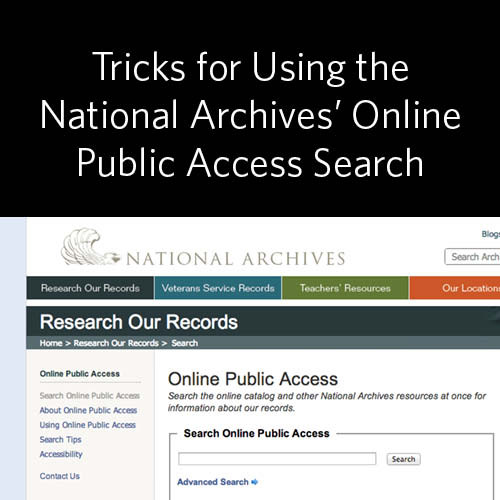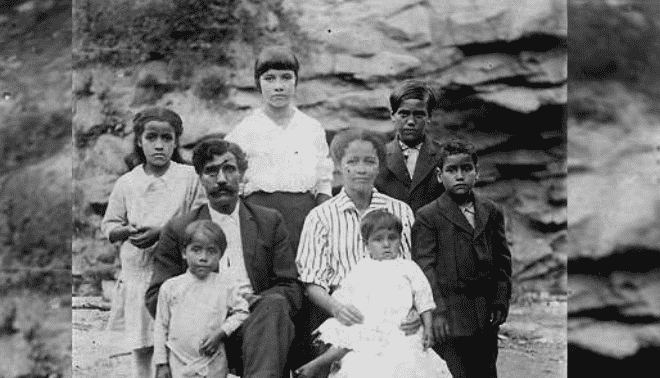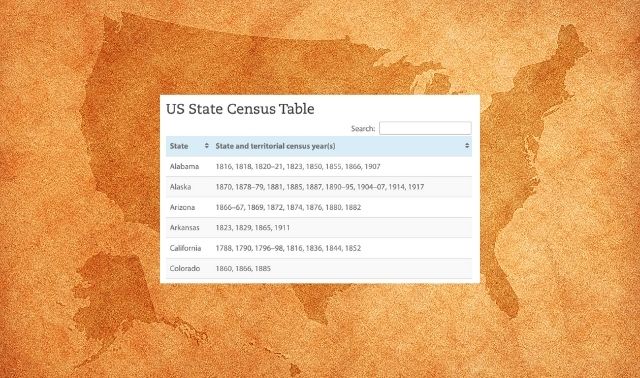Sign up for the Family Tree Newsletter Plus, you’ll receive our 10 Essential Genealogy Research Forms PDF as a special thank you!
Get Your Free Genealogy Forms
"*" indicates required fields
We’ve covered exploring record sites, setting a focus, online catalogs, finding guides, tips for digital research and given you the tools to get started. Now we’re finishing our series with one last piece of advice:
Tip 7. Consult the archivists
One of the greatest resources you’ll find at a state archives is its staff. Archivists are knowledgeable about the records entrusted to their care, and trained to help patrons find and use materials. They can be a wonderful source of information both before and during your visit.
Send a note before you visit
If you have questions about a set of records, by all means email the archivists ahead of time and ask. They’ll be glad to field inquiries about which county court records include divorce cases, for example, or whether the records of a state asylum are restricted. Contact information should be readily available on the website. While you can telephone the archives with quick questions regarding hours and practical matters, I recommend email as the best way to inquire about record sets and collections. Your email will likely be routed to the archivist with the most experience in that area. Be patient in awaiting an answer, as budget cuts have impacted staffing at a number of state archives.
Take a tour
Once you arrive onsite, ask for a quick orientation to the facility and how to use equipment such as microfilm readers and printers. State archives have huge microfilm collections, so it’s helpful to have someone explain how the films are organized. Some archives/libraries have a good selection of books available on open stacks for self-service browsing. Learn how those are arranged, too, as you could make some unexpected discoveries.
Learn the system
If you need records pulled from the closed stacks (archival storage), find out how to fill out and submit a request slip. Most archives pull records continuously throughout the day, although a few have set pull times when they take up all the slips submitted since the last pull time. This is when having your research plan with all the information needed to fill out the slips comes in so handy. An archivist will bring the requested materials for you to view (often one at a time) at a table in a designated area. If gloves are required to handle photographs or fragile documents, they’ll be provided.
Ask for help
Don’t hesitate to ask the archivists if you run into trouble understanding the records you’re using, or if you aren’t finding what you expected and need help identifying alternative sources. That’s what they excel at. Think of the archivists as experienced partners in your research, and you’ll increase your chances of success.
Following this and our other seven strategies will ensure your research trip is efficient and productive. With the right preparation and a little luck, you’ll be on your way to solving some of the mysteries of your family history in the state archives.
NARA’s new catalog, Online Public Access, makes it easier to find documents that could shed light on your ancestors lives. Learn tricks for tracking down the records you need in a single search. Become an expert today!
ADVERTISEMENT





